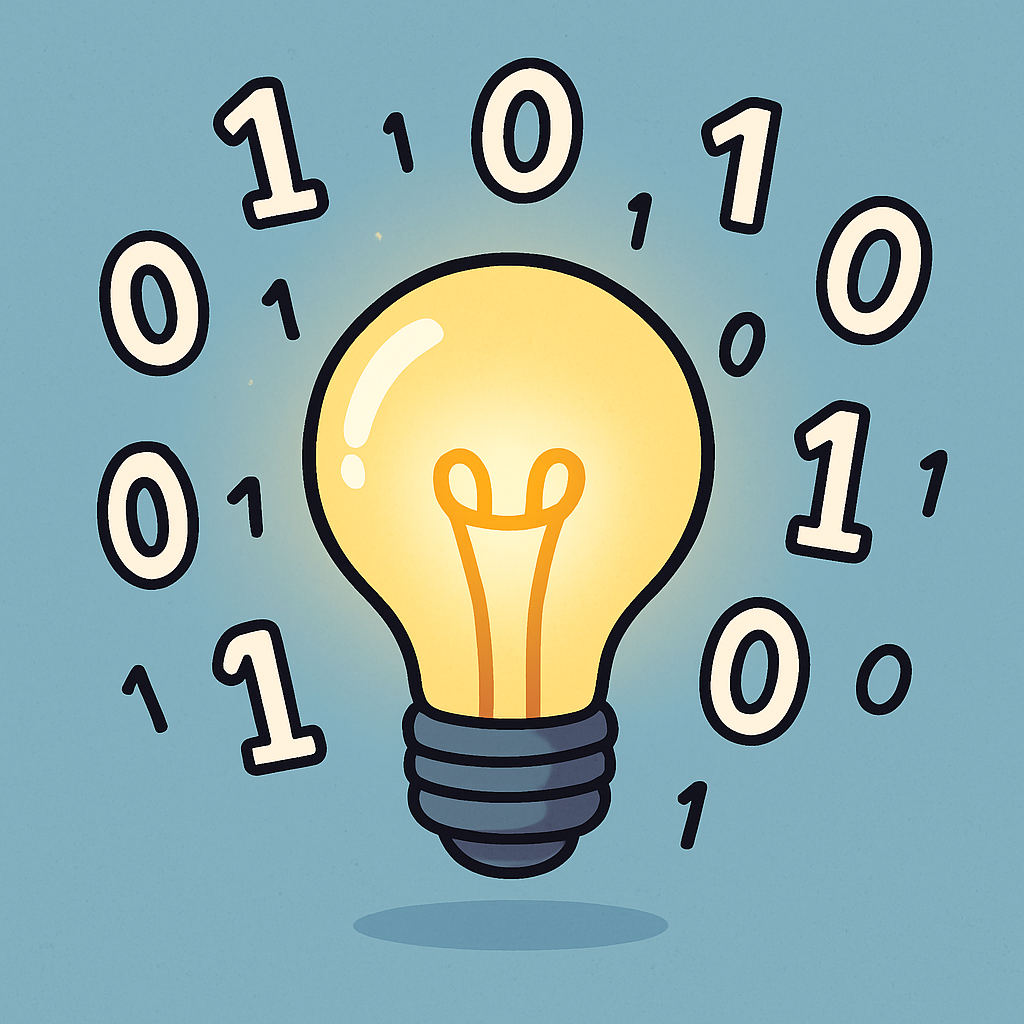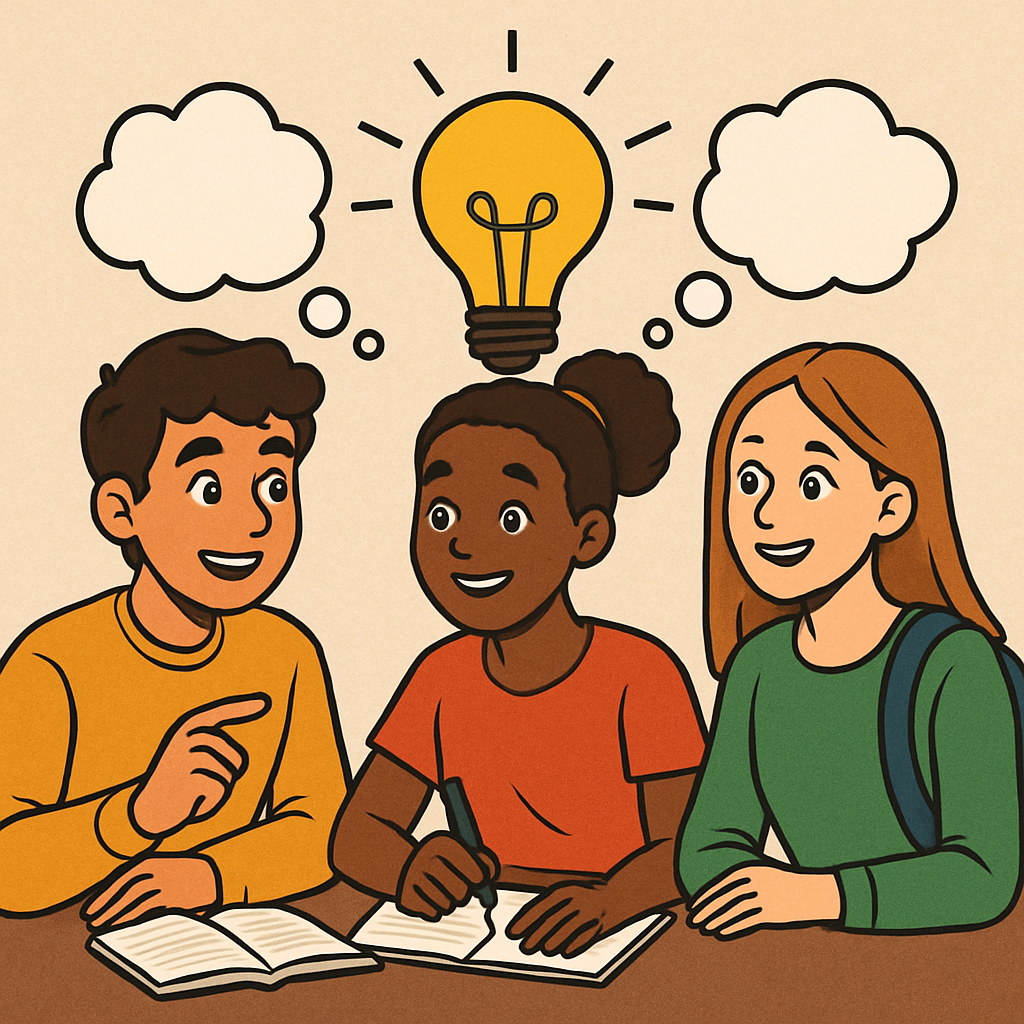 This lesson provides an overview of ALT 2: Analytics.
This lesson provides an overview of ALT 2: Analytics.
You'll learn about the task, review relevant skills from previous modules, explore analytics applications across disciplines, brainstorm hypotheses, form teams, and reflect on societal impacts.
ALT 2 focuses on analytics, where you'll develop an artefact that processes data to inform decision-making. For example, you might analyse environmental data to predict trends or examine sports statistics to improve performance strategies.
Before starting ALT 2, review data processing skills from previous modules. This will help you apply them to analytics.
From Python Basics: You learned about variables, data types (like lists and dictionaries), control structures (loops and conditionals), and functions. For example, using lists to store data and loops to process it.
Summary: Lists can hold datasets, e.g., scores = [85, 92, 78]. Functions like def calculate_mean(data): can compute averages.
From Python Projects: Projects like the Step Counter or Reaction Time Tester involved collecting and analysing data, such as averaging reaction times.
Summary: You used modules to handle data input/output.
From Advanced Algorithms: You covered sorting (bubble sort, quicksort) and searching (linear, binary), plus efficiency.
Summary: Sorting algorithms can organise data for efficient analysis, e.g., using quicksort to prepare a dataset for median calculation.
In ALT 2, you'll create an analytics artefact that processes data, applies algorithms, and visualises results to support decisions. It must include calculating frequency, mean, median, and mode; structuring raw data; graphical representation; and interpreting data.
Analytics applies across disciplines:
Follow stages: Gather data, process with algorithms, visualise, and interpret.
ALTs are team-based, allowing you to collaborate and leverage diverse skills for a stronger analytics artefact. Forming teams of 2-4 students helps in sharing ideas, dividing tasks, and learning from each other, aligning with practices like collaborating and assigning roles in computing tasks.
Instructions:
 Brainstorm ideas for your analytics artefact. Spend 20-30 minutes on this activity, focusing on interdisciplinary hypotheses. This step will help you generate creative, feasible ideas that align with the task requirements, such as processing data to inform decisions across various fields.
Brainstorm ideas for your analytics artefact. Spend 20-30 minutes on this activity, focusing on interdisciplinary hypotheses. This step will help you generate creative, feasible ideas that align with the task requirements, such as processing data to inform decisions across various fields.
Step 1: Choose a discipline (e.g., environment, sports, sociology, or economics) and form a clear, testable hypothesis. For example, 'Average daily exercise increases student concentration scores' or 'Social media usage patterns correlate with mental health indicators in teenagers'.
Step 2: List the data needed to test your hypothesis (e.g., exercise logs, test scores, or social media engagement metrics) and identify relevant algorithms (e.g., mean for averages, sorting for median, or frequency counts for mode). Think about where you might source this data, such as public datasets or simple surveys.
Step 3: Sketch a simple diagram or pseudocode to outline your approach. For instance, draw a flowchart showing data input, processing, and output, or write pseudocode. This will help visualise how your artefact will function.
Step 4: Consider the tools you'll use (e.g., Python with libraries like matplotlib for graphs or pandas for data handling) and potential challenges, such as cleaning inconsistent data or ensuring ethical data usage. Also, think about how your artefact will visualise results, like using bar charts to show trends.